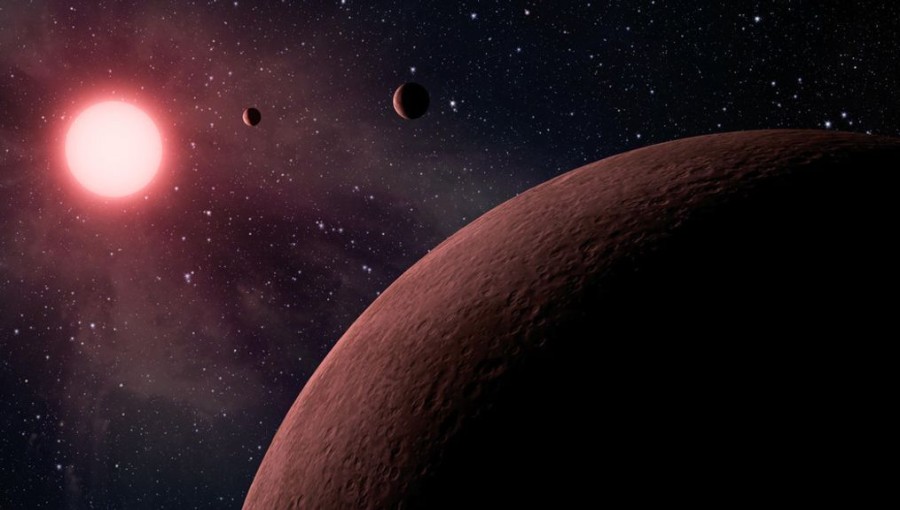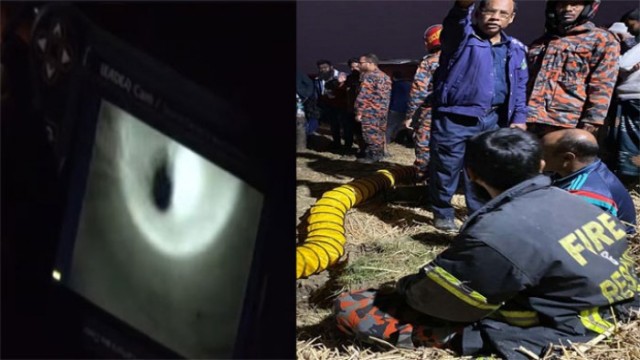Two teams of scientists have discovered a theoretically habitable exoplanet named Gliese 12b, which is smaller than Earth but larger than Venus. The discovery, reported by CNN News and detailed in studies published in *The Astrophysical Monthly Journal*, places Gliese 12b about 40 light-years away in the constellation Pisces.
Gliese 12b orbits a small, cool red dwarf star, which is approximately 27% the size of the Sun and has a temperature 60% that of the Sun, as per the Royal Astronomical Society. Despite its star being much smaller and cooler, Gliese 12b falls within the habitable zone, where conditions may allow for the presence of water.
The planet completes its orbit every 12.8 days, which means a year on Gliese 12b is significantly shorter than on Earth. Due to its proximity to the star and lack of atmosphere, scientists estimate the planet's surface temperature to be around 42 degrees Celsius (107 degrees Fahrenheit).
Masayuki Kuzuhara, a project assistant professor at Tokyo's Astrobiology Center and co-researcher on the project, highlighted the importance of this discovery, stating, "We have found the closest transiting, temperate, and Earth-sized world to date." The proximity and characteristics of Gliese 12b make it a prime candidate for further studies in the search for extraterrestrial life and understanding planetary environments.
The discovery of Gliese 12b adds to the growing list of exoplanets that could potentially support life, encouraging further exploration and observation using advanced telescopes and space missions.































Comment: